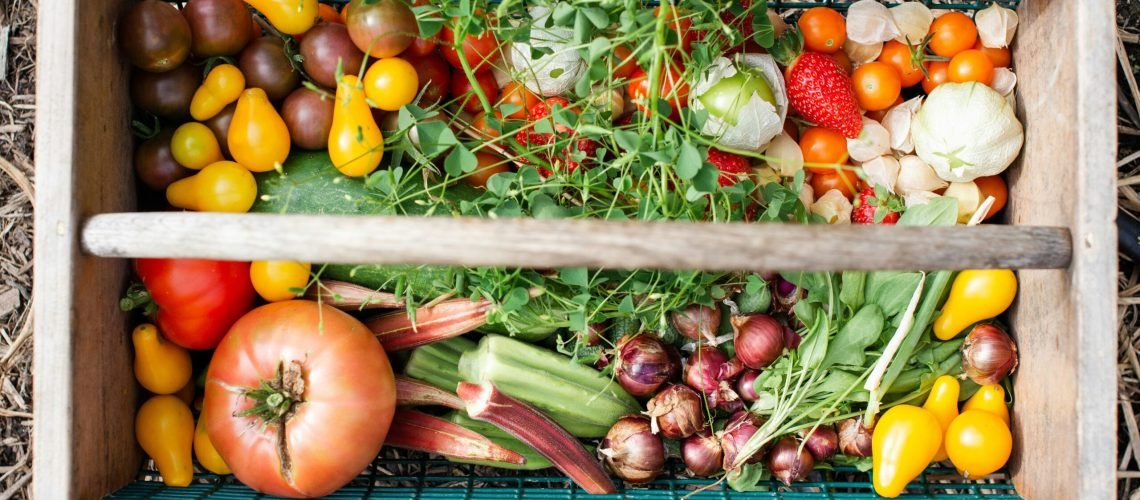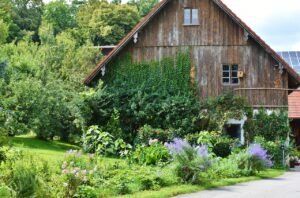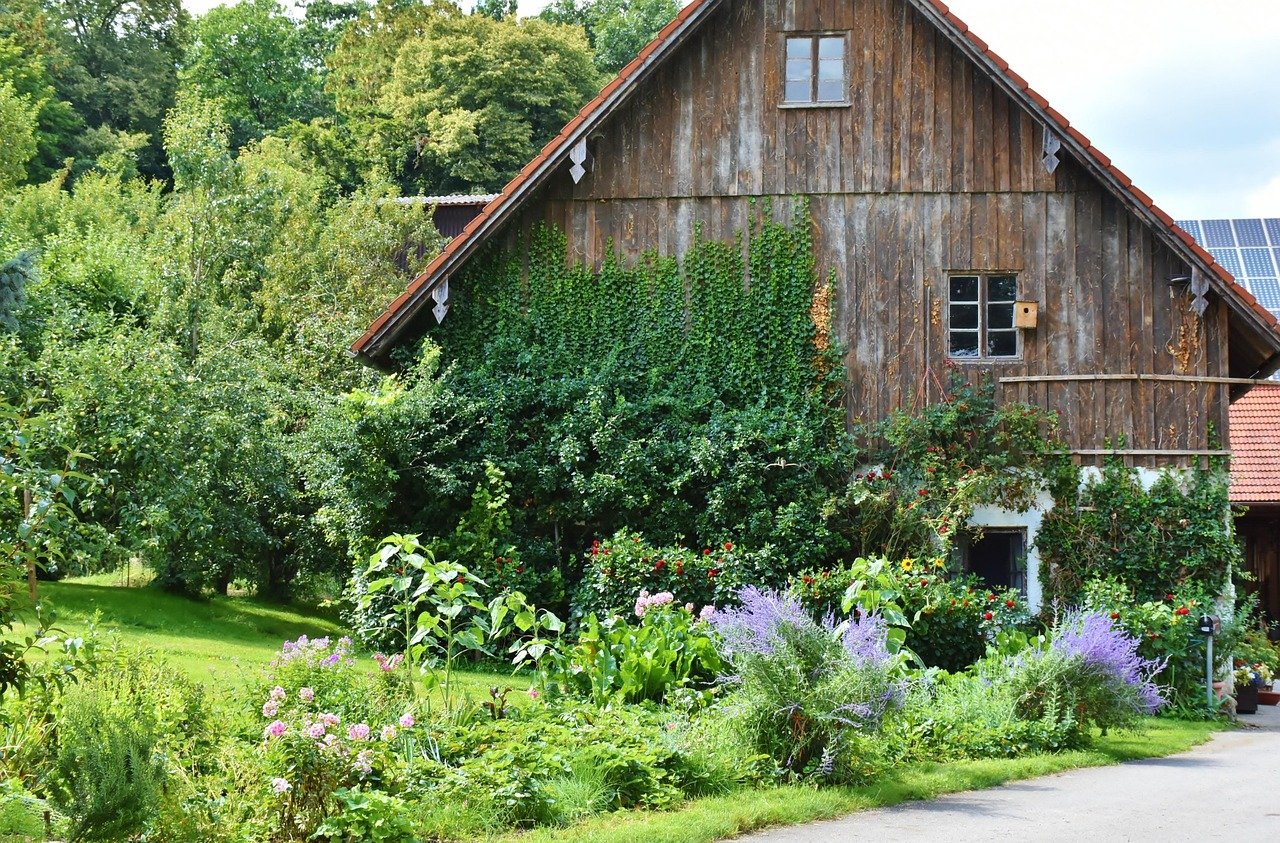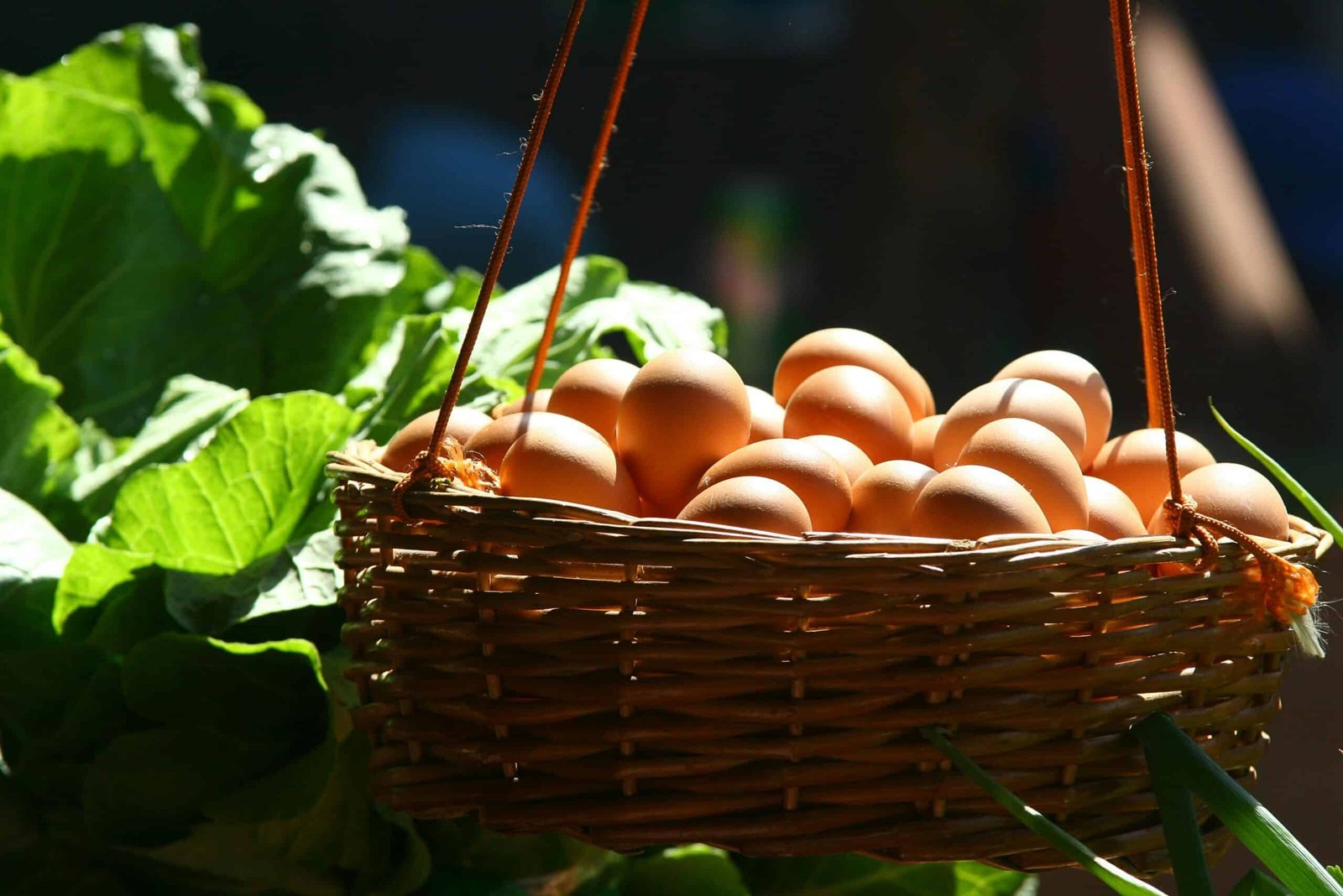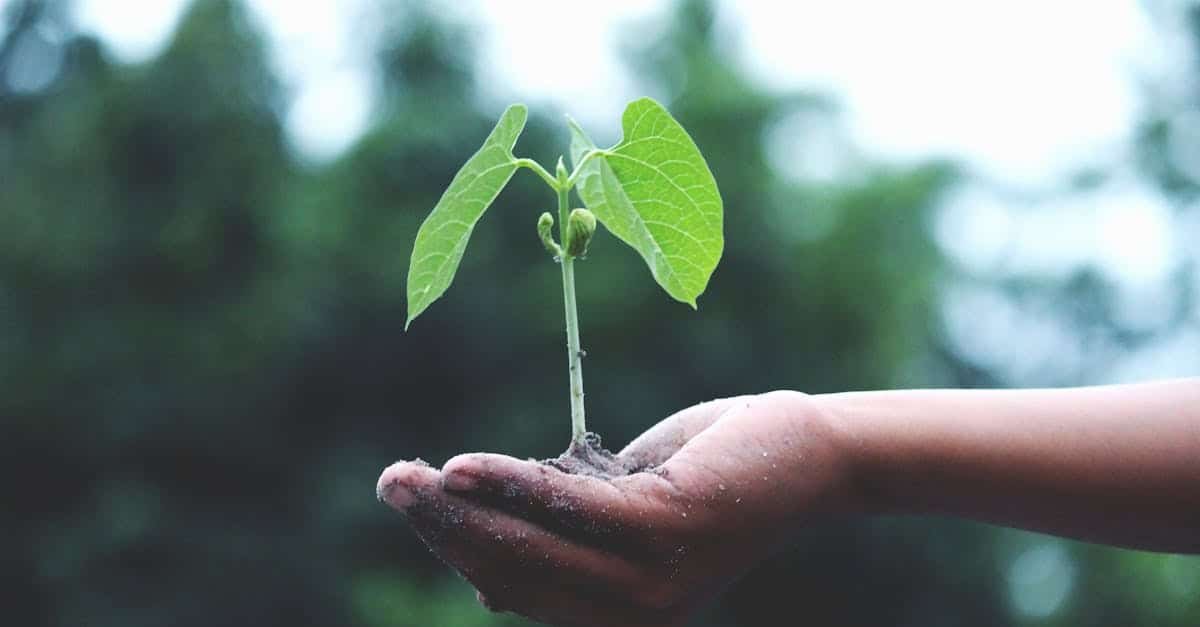Learning how to start a vegetable garden can transform your relationship with food and nature. Imagine stepping outside your door to harvest fresh, organic vegetables you’ve grown yourself! Whether you have a spacious backyard or just a sunny windowsill, growing your own food is more accessible than you might think. This comprehensive guide will walk you through everything you need to know about starting a vegetable garden from scratch – from planning and soil preparation to planting and harvesting your first homegrown produce.
Planning Your First Vegetable Garden: Setting Yourself Up for Success
Finding the Perfect Location for Your Vegetable Garden
The foundation of learning how to start a vegetable garden begins with location. Most edible plants require these essential elements:
- Adequate sunlight: Most vegetables need at least 6 hours of direct sunlight daily (known as “full sun”). Leafy greens like lettuce and spinach can tolerate “partial shade” (4-6 hours). Pro tip: If you can comfortably read outdoors without additional lighting during daytime, that spot likely receives sufficient sunlight for many vegetables.
- Appropriate size: When starting a vegetable garden, remember that a small, well-maintained garden yields better results than a large, neglected one. Start with a manageable size and expand as you gain confidence.
- Water accessibility: Position your garden where watering won’t become a daily hassle.
Container Gardening: The Perfect Starting Point
For beginners learning how to start a vegetable garden, containers offer the perfect entry point:
- Grow vegetables and herbs in pots on patios, balconies, or windowsills
- Choose containers at least 10 inches in diameter for smaller plants
- Select larger containers (18-24 inches) for space-hungry plants like tomatoes or zucchini
- Ensure all containers have adequate drainage holes
Alternative Gardening Methods for Beginners
- Raised beds: These function like large containers and provide excellent drainage. Consider this approach after mastering container gardening.
- In-ground plots: Traditional in-ground gardens require more preparation and are better suited for those with some gardening experience.
- Vertical gardening: Many climbing plants like beans and peas can thrive in vertical spaces, maximizing your growing area.
Selecting Vegetables for Your First Garden
When starting a vegetable garden, choosing the right plants can make the difference between frustration and success.
Beginner-Friendly Vegetables That Almost Guarantee Success
- Lettuce: Grows quickly and can be harvested multiple times
- Radishes: Ready to harvest in as little as 3-4 weeks!
- Spinach: Fast-growing and perfect for cooler weather
- Bush beans: Compact plants that produce abundant harvests
- Zucchini: Just one plant can provide vegetables for an entire family
- Basil: Easy to grow and pairs perfectly with homegrown tomatoes
- Mint: Extremely vigorous (best confined to containers to prevent spreading)
Important Considerations When Choosing What to Grow
- Climate compatibility: Research which vegetables thrive in your specific climate zone
- Personal preference: The most important rule when learning how to start a vegetable garden is to grow what you love to eat!
- Seedlings vs. seeds: For beginners, purchasing young plants (seedlings) is much easier than starting from seed
Creating a Simple Garden Layout
Before planting, sketch a rough layout of your vegetable garden. Remember the golden rule of spacing: plants need room to grow. Always check plant tags or seed packets for recommended spacing guidelines.
Understanding Soil: The Foundation of a Thriving Vegetable Garden
Soil quality is perhaps the most crucial element when learning how to start a vegetable garden. Think of soil as both food and shelter for your plants.
Soil Basics Every Beginner Should Know
- Drainage: Good drainage means water doesn’t pool around plant roots, which can cause rot
- Soil types: Sandy soil drains quickly but may not hold nutrients well; clay soil drains slowly but is nutrient-rich
- pH levels: Most vegetables prefer slightly acidic to neutral soil (pH 6.0-7.0)
The Magic of Compost for Vegetable Gardens
When starting a vegetable garden, compost is your secret weapon:
- Compost is decomposed organic matter that improves soil structure
- It enhances drainage in clay soils and helps sandy soils retain moisture
- Adds essential nutrients that feed plants naturally
- Can be purchased in bags from garden centers or made at home
Preparing Your Growing Space
- For containers: Fill with high-quality potting mix (not garden soil), which is formulated for container growing
- For raised beds: Use a mixture of topsoil, compost, and organic matter
- For in-ground gardens: Remove weeds, loosen soil to a depth of 8-12 inches, and incorporate plenty of compost
Planting Your First Vegetable Garden: Timing and Techniques
Understanding Planting Timing
Successful vegetable gardening for beginners requires understanding when to plant:
- Last frost date: Most vegetables shouldn’t be planted outdoors until after the danger of frost has passed
- Cool-season vs. warm-season crops: Some vegetables (like lettuce and spinach) prefer cooler temperatures, while others (like tomatoes and peppers) need warmth
- Local guidance: Your local garden center or extension office can provide specific planting dates for your region
Step-by-Step Guide to Planting Seedlings
- Water seedlings in their original containers about an hour before planting
- Dig a hole slightly larger than the seedling’s root ball
- Gently remove the seedling from its container, being careful not to damage roots
- Place the seedling in the hole with the top of the root ball level with the soil surface
- Fill around the roots with soil, gently firming it down
- Water thoroughly to eliminate air pockets and help roots establish
Essential Care for Your New Vegetable Garden
Learning how to start a vegetable garden is just the beginning; proper maintenance ensures a bountiful harvest.
Watering Wisdom for Vegetable Gardens
- The finger test: Insert your finger about an inch into the soil – if it feels dry, it’s time to water
- Deep, infrequent watering: Water deeply less often rather than shallow, frequent watering
- Morning watering: Early morning is the ideal time to water, reducing evaporation and fungal disease risks
- Mulching: Apply a 2-3 inch layer of organic mulch to conserve moisture and suppress weeds
Managing Weeds in Your Vegetable Garden
- Spend a few minutes daily removing weeds while they’re small
- Use a hand tool to remove the entire weed, including roots
- Mulching significantly reduces weed growth
Fertilizing Your Vegetable Garden
- Use a balanced, organic fertilizer formulated for vegetables
- Always follow package instructions – over-fertilizing can harm plants
- For container gardens, fertilize more frequently as nutrients leach out with watering
Harvesting Your Homegrown Vegetables: The Ultimate Reward
The most satisfying part of learning how to start a vegetable garden is enjoying your fresh harvest!
Knowing When Vegetables Are Ready to Harvest
- Lettuce: Harvest outer leaves when they reach usable size, allowing inner leaves to continue growing
- Radishes: Pull when they reach about an inch in diameter for best flavor
- Spinach: Pick outer leaves when they’re large enough to use, allowing the plant to continue producing
- Bush beans: Harvest when pods are firm and snap easily, before seeds become too large
- Zucchini: Pick when fruits are 6-8 inches long for tender, flavorful vegetables
- Basil: Regularly pinch off leaves and stem tips to promote bushier growth
- Mint: Harvest stems as needed, cutting just above a leaf node to encourage new growth
Proper Harvesting Techniques
- Use clean, sharp scissors or pruners for harvesting leafy greens and herbs
- Harvest during the cooler parts of the day (morning or evening)
- Handle produce gently to avoid bruising
Storing Your Garden Fresh Vegetables
- Store leafy greens in the refrigerator in a container with a damp paper towel
- Keep root vegetables in a cool, dark place with good air circulation
- For the best flavor and nutrition, use your harvest as soon as possible
- Consider preserving excess produce through freezing, canning, or dehydrating
Embracing Your Vegetable Gardening Journey
Now that you understand the fundamentals of how to start a vegetable garden, remember that gardening is a continuous learning process. Every garden teaches valuable lessons, and even experienced gardeners face challenges. Start small, observe closely, and don’t be afraid to experiment.
Connect with other gardeners through local garden clubs or online communities to share your successes and learn from others. Document your garden’s progress through photos or a simple journal to track what works well in your unique growing environment.
The journey of learning how to start a vegetable garden brings rewards far beyond the harvest itself – a deeper connection to nature, the satisfaction of self-sufficiency, and the incomparable taste of homegrown produce. Your first successful harvest is closer than you think!

